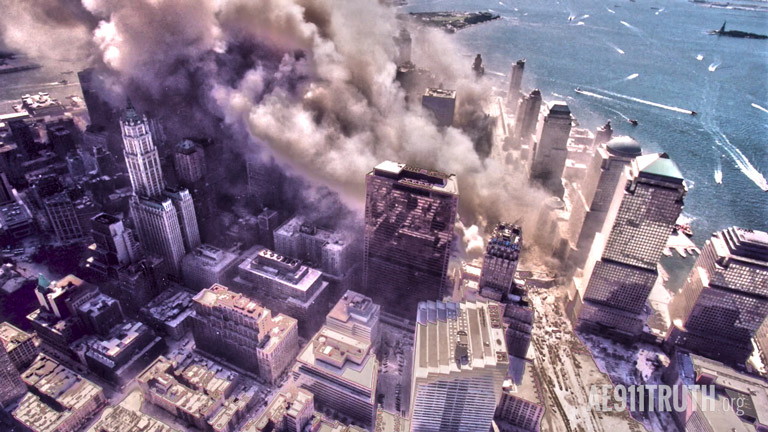The National Institute of Standards and Technology (NIST) is now more than a week late in issuing its “initial decision” on the pending request for correction to its 2008 report on the collapse of World Trade Center Building 7.
Read the September 29, 2020, Announcement of the Appeal Filing >
Two days before the August 13 deadline, NIST informed Architects & Engineers for 9/11 Truth (AE911Truth) that the response had been completed but was undergoing review by the U.S. Department of Commerce. When asked, NIST did not give an expected time frame for the review to be concluded.
AE911Truth, along with 88 architects and structural engineers and ten family members of 9/11 victims, submitted the request on April 15, 2020. Together, they seek to have NIST reverse its conclusion that fires caused the building’s destruction.
Under the procedure governing requests submitted to NIST, the agency was supposed to provide an initial decision within 120 days of the submission, which made August 13, 2020, the deadline.
If NIST elects in its initial decision not to take the corrective action sought, it must provide a “point-by-point response to any relevant data quality arguments contained in the request.”
The requesters would then have 30 days to file an appeal with NIST Associate Director of Laboratory Programs James K. Olthoff. The procedure governing requests dictates that “No individuals who were involved in the initial denial will be involved in the review of or response to the appeal.” Mr. Olthoff’s decision would constitute the final decision of the Department of Commerce, of which NIST is a part.
Should NIST fail to comply with the procedure governing requests (in a manner more severe than the current delay) or should it fail to rectify the information quality violations documented in the request, AE911Truth and its fellow requesters will likely pursue legal action under the Administrative Procedure Act.
The request for correction, which comprises more than 100 pages and five exhibits, covers eight separate items of information that it argues violate the agency’s information quality standards. Only if NIST revises its “probable collapse sequence” — effectively reversing its conclusion that fires caused the building’s destruction — can it correct these violations, the request contends.
The request is based in part on a report issued in March 2020 by researchers at the University of Alaska Fairbanks, led by now-retired professor Leroy Hulsey, who concluded definitively that the destruction of the 47-story WTC 7 was caused not by fire but by the near-simultaneous failure of every column in the building.





